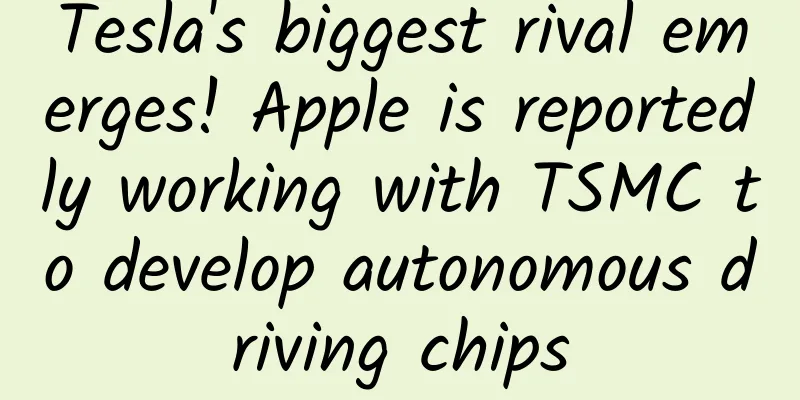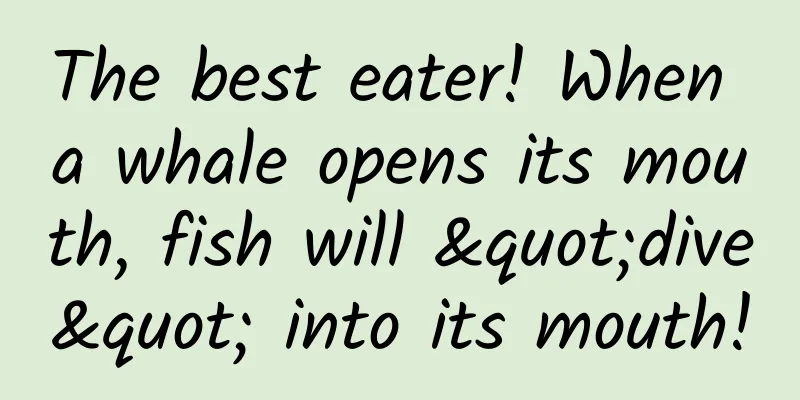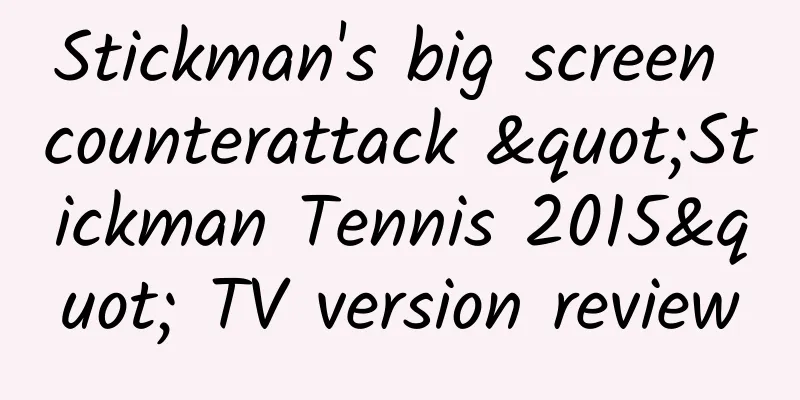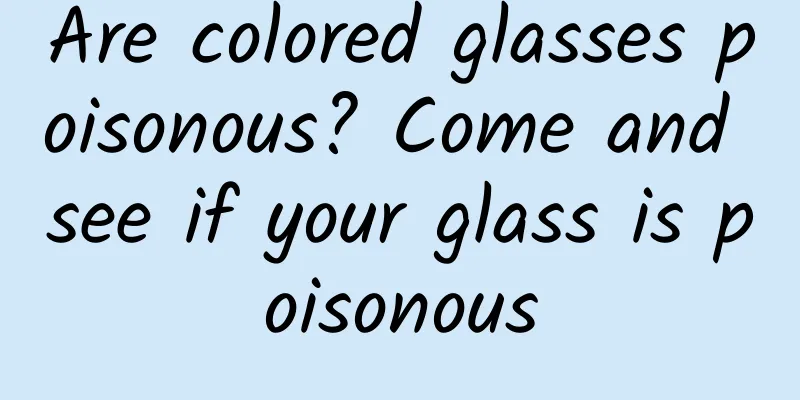Hiding atoms? This bold idea successfully breaks the record of atomic low temperature
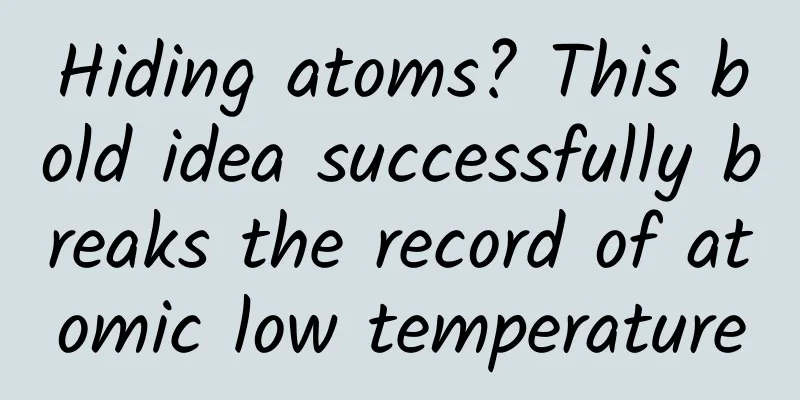
|
As the temperature at which atoms can be cooled continues to decrease, physicists have broken through the "Doppler cooling limit" and are gradually approaching the "sub-Doppler cooling limit". To further cool atoms, more problems need to be overcome. For example, the scattering interaction between atoms and laser beams, as well as the recoil effect of photons in the spontaneous radiation process, may cause atoms to be in a random walk state, making it difficult for atoms to completely "calm down". In other words, these atoms that have been cooled to a nearly static state with great difficulty will be heated again under the recoil of photons, thus achieving a dynamic thermal balance between "laser cooling-recoil heating". So, does it mean that the lowest temperature an atom can reach is only the "sub-Doppler cooling limit"? Figure 1: Helium atom (copyright image from the gallery, reprinting may cause copyright disputes) 01A bold idea: "hide" the atoms Of course not, physicists have come up with a bold idea: Why not "hide" these atoms that have been cooled down with great difficulty, so as to avoid scattering and interacting with the laser beam again? In this way, the atoms have a chance to truly "calm down" and will not be heated again by the recoil of photons. In order to verify this bold idea, physicists proposed a creative experimental scheme called "Velocity Selective Coherent Population Trapping (VSCPT)". With this experimental scheme, physicists can put atoms with almost zero speed into the "dark state", thereby avoiding the scattering interaction between atoms and laser beams, and finally breaking through the "sub-Doppler cooling limit"! 02 Where to hide atoms? In the "dark state" As the name implies, the "dark state" here refers to the atom being in a specific ground state that cannot interact with the laser. In order to help readers better understand the process of "how atoms are transferred to the 'dark state'", we consider the simplest three-level atomic model: Figure 3 Schematic diagram of a three-level atom undergoing a specific transition (Image source: drawn by the author) Figure 4 Schematic diagram of spontaneous radiation of a three-level atom (Image source: drawn by the author) Figure 5 Schematic diagram of the final transfer of the three-level atom to the "dark state" (Image source: drawn by the author) 03 Refreshing the low temperature record of atoms - breaking through the "sub-Doppler cooling limit"! As the saying goes, there is nothing that cannot be done, only things that cannot be imagined. In order to verify the above bold idea, Claude Cohen-Tanougui's research group at the École Normale Supérieure in Paris, France, proposed an experimental scheme called "speed-selective coherent layout trapping" in 1988, and successfully cooled helium atoms (4He) to an ultra-low temperature of about 2 microkelvin (ie 10-6 K). In comparison, the "Doppler cooling limit" of helium atoms is 23 microkelvins, while the theoretical "sub-Doppler cooling limit" of helium atoms is about 4 microkelvins. In other words, the research team broke the low temperature record for helium atom cooling at the time, which marked that physicists had broken through the "sub-Doppler cooling limit" in experiments. Figure 6 Helium atom (Copyrighted images from the gallery, reprinting may lead to copyright disputes) Some readers may be wondering how the above-mentioned "speed-selective coherent layout confinement" experimental scheme reflects the so-called "speed selectivity"? Figure 7 Schematic diagram of the transition of a stationary helium atom (Image source: drawn by the author) Figure 8 Schematic diagram of the transition of a helium atom in motion (Image source: drawn by the author) In theory, as long as the frequency of the two laser beams is precisely adjusted, the atoms can be cooled to a state of motion with a very low average speed. As the interaction time between the atoms and the laser increases, the atoms may continue to lower their temperature until they reach absolute zero. 04 The much-desired honor: the 1997 Nobel Prize in Physics Physicists who are dedicated to exploring the low temperature limit are not satisfied with just cooling atoms to the μK level. They hope to push the low temperature limit of atoms further to the nK (nanokelvin, i.e. 10-9 K) level, thus further refreshing the low temperature record of atomic cooling. So in 1995, the C Cohen-Tannoudji research group once again used the "velocity-selective coherent placement trapping" experimental scheme to successfully cool the temperature of the helium atom group in the three-dimensional motion direction to about 180 nK for the first time. Then in 1997, the research group proposed a new temperature measurement scheme that can directly measure the temperature of the cooled helium atoms. The measurement results show that the lowest temperature of the helium atoms cooled by the "velocity-selective coherent placement trapping" scheme is about 5 nK. It was precisely because of his outstanding contribution to exploring the limits of atomic cooling that French physicist C Cohen-Tannoudji won the Nobel Prize in Physics in 1997 and received one-third of the prize money of that year. Figure 9 Development history of laser cooling technology solutions (Image source: Reference 4) Conclusion In summary, with their rich imagination and ingenious experimental schemes, physicists have lowered the cooling limit of atoms from the initial mK level to the μK level, and finally reached ultra-low temperatures of the nK level. So for atomic ensembles with a large number of atoms, will the "condensation phenomenon" similar to that in the macroscopic world also occur at low temperatures? In fact, this scientific conjecture was also discussed by two great physicists (Albert Einstein and S.N. Bose) a hundred years ago. Next, please think about whether this scientific conjecture from a hundred years ago can be realized, and come with curiosity to uncover the answer together in the next article! Author: Luan Chunyang, PhD, Department of Physics, Tsinghua University Reviewer: Luo Huiqian, Researcher, Institute of Physics, Chinese Academy of Sciences Produced by: Science Popularization China References [1] (VSCPT) Aspect A, Arimondo E, Kaiser R, et al. Laser cooling below the one-photon recoil energy by velocity-selective coherent population trapping[J]. Physical Review Letters, 1988, 61(7): 826. [2] (C Cohen-Tannoudji, 1995-Helium atomic group-180 nK) Lawall J, Kulin S, Saubamea B, et al. Three-dimensional laser cooling of helium beyond the single-photon recoil limit[J]. Physical review letters, 1995, 75(23): 4194. [3] (C Cohen-Tannoudji, 1997-one-dimensional helium cluster-5 nK) Saubaméa B, Hijmans TW, Kulin S, et al. Direct measurement of the spatial correlation function of ultracold atoms[J]. Physical review letters, 1997, 79(17): 3146. [4] Zhuang Wei, Li Tianchu. Laser cooling and manipulation of atoms: principles and applications[J]. Science and Technology Review, 2018, 36(5): 28-38. |
<<: Mayflies collectively "attack" the bridge, is it a sign of disaster or serious pollution?
Recommend
Mobile phone manufacturers become OEMs: not decline but another way out
Lenovo has just denied the news of returning to O...
How to plan a press conference for tens of thousands of people without money, people or channels?
Today we will take a look at how a press conferen...
Two common bad habits are causing young people’s stomachs to collapse!
From Zibo barbecue to Tianshui spicy hot pot, eve...
The new platform enables Great Wall Motors to sell 618,211 vehicles from January to June, a year-on-year increase of 56.5%!
On July 8, Great Wall Motor Co., Ltd. (stock code...
How to do a good job in event operation planning process?
The essence of an event is communication, but the...
What else can the "heartfelt" Ma Huateng give to Liu Qiangdong?
[[152375]] Who is behind Liu Qiangdong besides Mi...
China Customs: China's semiconductor manufacturing equipment imports in Q3 2023 soared 93% to RMB 63.4 billion compared with the same period last year
According to recent news, although the United Sta...
Before the event starts, please warm up the event!
Good "activity preheating + hot spot leverag...
How powerful is the real-time rendering UI that makes me excited after reading the introduction?
Today, I want to share with you an instant render...
Marketing promotion strategy: How to make good advertising?
What are the criteria for a good advertisement? H...
Check yourself! Be careful if your fingers have this condition, it may be your heart calling for help...
Reviewer of this article: Yang Shi, Associate Res...
Meng Ge Resume: How can a novice with no basic knowledge learn SEO optimization?
We all know that SEO is the basis of online marke...
Sudden acute cerebral infarction after massage! Doctors remind: Don't press this position randomly
Arm pain, neck soreness... these minor problems m...
Marketing promotion: 10 tips for content marketing!
In the era of mobile Internet with information ex...
Tesla Model X is rated the most unreliable car of the year, Toyota once again becomes the industry's quality benchmark
"Land Rover cannot be repaired, Toyota canno...
